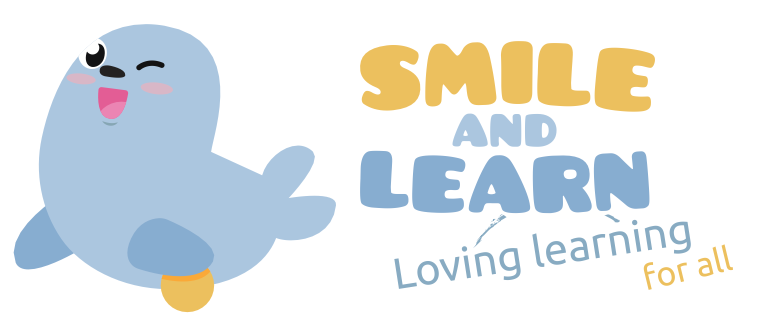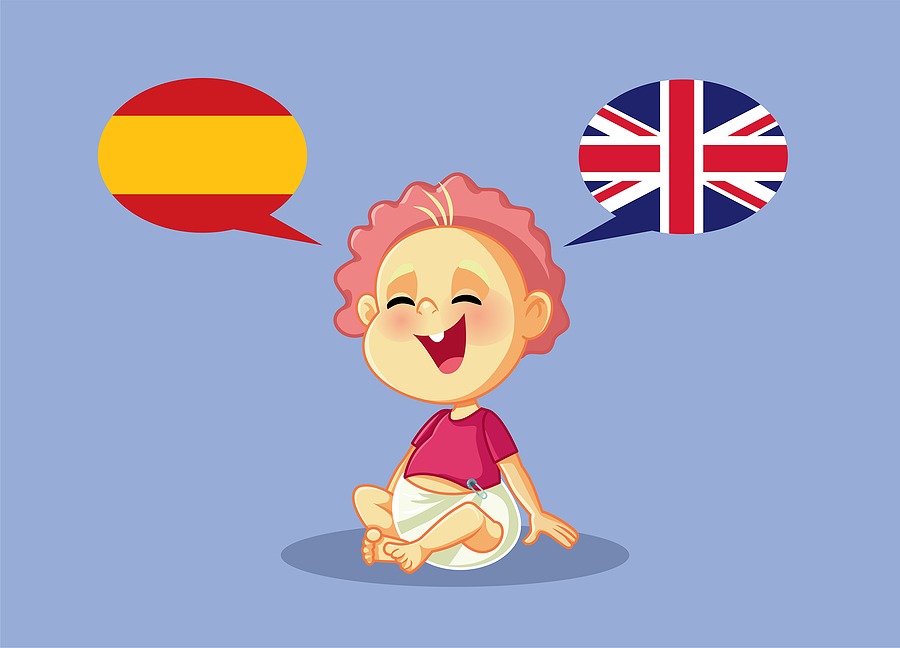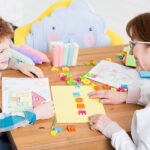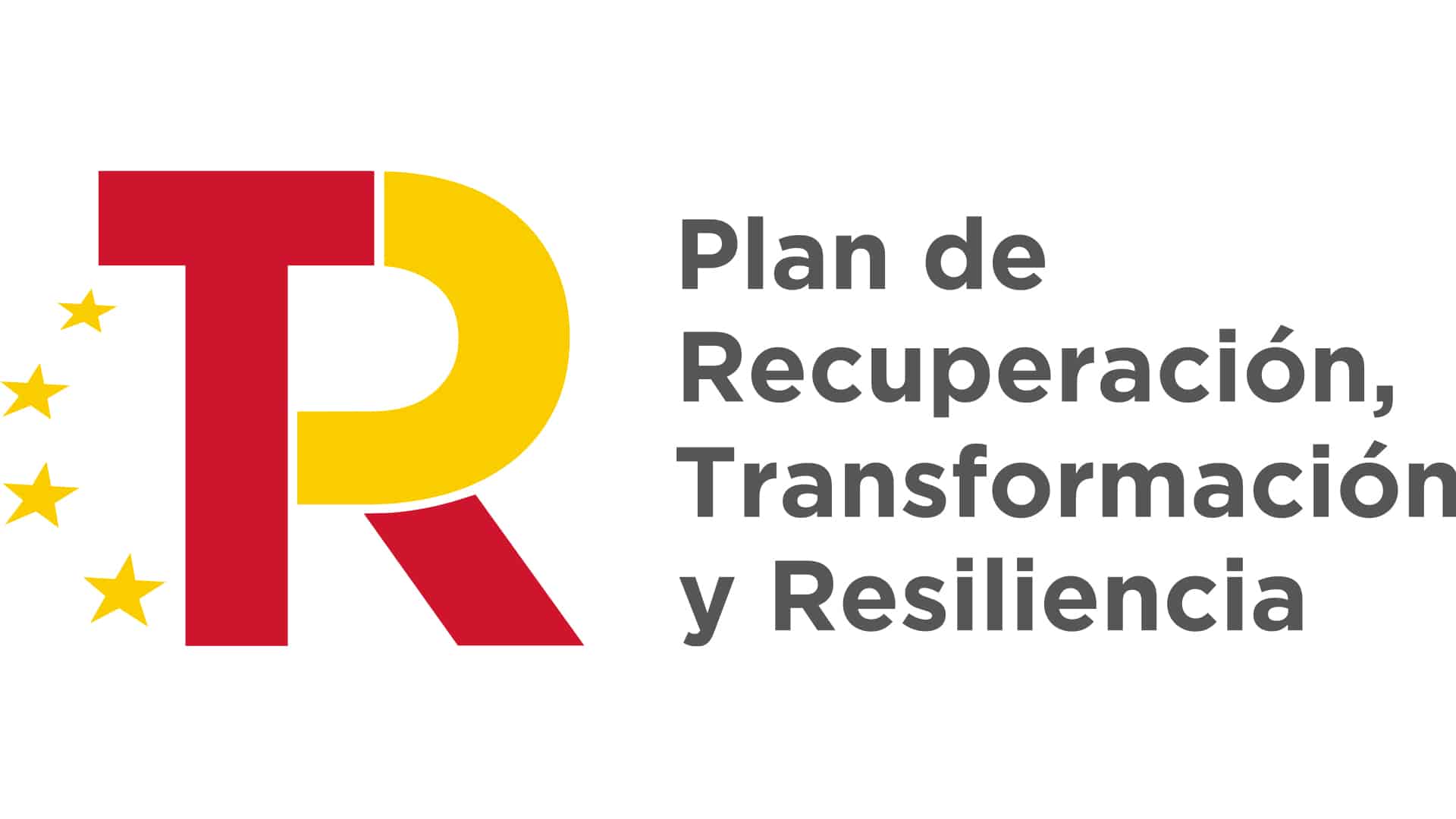Communication is an essential skill in an increasingly globalized world, and bilingualism in childhood is one of the most effective ways to strengthen that ability. Learning and speaking another language from an early age not only improves communication but also leads to richer cultural understanding, stronger brain development, and better job prospects later in life.
How Bilingualism in Childhood Shapes the Brain and Future Earnings
Recent research highlights that bilingualism goes far beyond language—it shapes how we think and solve problems. In a recent study entitled “The Labor Market Outcomes of Bilinguals in the United States,” Churika et al. explain that “Theories of human development have suggested that being raised bilingual improves executive control functions and results in increased cognitive ability.” Essentially, it increases a child’s capacity to execute complex mental processes allowing them to think and problem-solve more effectively.
In addition to the benefits to cognitive development, Churika et al. also found that “Bilingual individuals may earn more than monolingual workers in the same industry and profession.” The combination of cognitive and economic benefits associated with bilingualism are substantial; however, in the U.S., a country built by immigrants which would appear best situated to become a multilingual country, monolingualism remains the norm. While the U.S. is on track to become the largest Spanish-speaking country by 2050, the loss of languages of origin among children of immigrant families remains a pervasive threat.
Parental Role in Child Bilingualism
Parental involvement is key to preserving language skills across generations. In their 2023 study “Parental Perception of Bilingualism and Home Language Vocabulary,” Mak et al. found that: “Dual Language Learners (DLLs), especially those from immigrant families in the United States, risk losing their home language as they gradually shift to speaking English as they grow up.” Fostering a bilingual environment in the home and at school can potentially negate this, but that is easier said than done. After all, the easiest thing to do with a language is lose it, especially when practicing it can be a considerable drain on time and resources.
However, the implications go beyond culture and identity. Gándara highlights this in her article on “The Economic Value of Bilingualism in the United States,” where she emphasizes the “substantial economic benefit” of bilingualism and encourages another way of viewing language loss: “The failure to nurture these linguistic skills in the children of immigrants exacts a cost to the earnings of these potentially bilingual/biliterate students.” By framing losing the ability to speak a second language as the future loss of potential earnings, Gándara emphasizes just how essential it is for parents to foster a bilingual environment for their children.
Practical Skills for Maintaining Language Skills
Learning a new language will always pose a challenge, but losing one is as easy as being unable to practice it. Smile and Learn offers a fun and cost-effective way to practice English and Spanish, and mitigate the potential for language loss. From our free Youtube videos, to our fun, educational app, both with content offered in multiple languages, Smile and Learn is the perfect solution to encourage your child to practice whichever language they need the most help with. Whether it be Spanish, English, or any of the other languages offered, Smile and Learn has the tools you need to set your child up for success, now and in the future.
If you haven’t tried our educational platform yet, you can do so through the following link.












